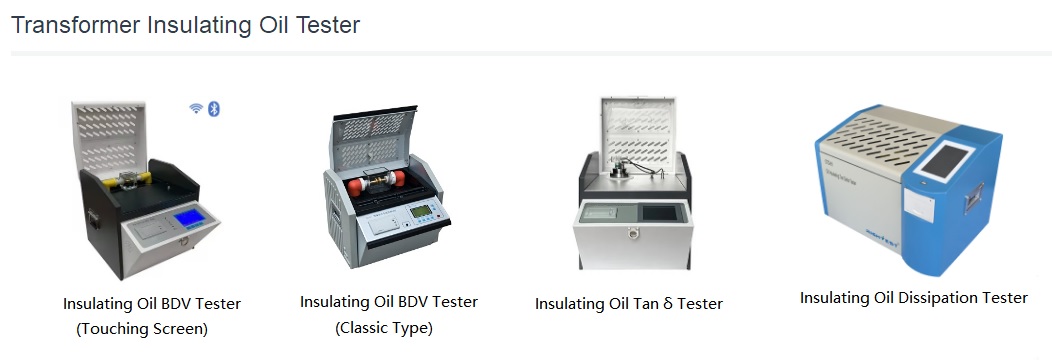Internal transformer faults mainly include localized overheating and partial discharge. These faults cause the surrounding insulating oil and solid insulating materials to oxidize and decompose, producing gases. Most of these gases dissolve in the insulating oil or are suspended in the air gaps of the insulating materials. The chromatographic analysis method for oil analyzes the components and concentrations of dissolved gases in the operating oil samples. By evaluating the gas components and their concentrations, potential transformer faults and their nature can be identified. This enables effective measures to eliminate potential hazards at an early stage, preventing major accidents.
Operational experience and relevant data indicate that gas chromatography analysis of transformer oil involves analyzing two types of possible internal faults in transformers during operation: localized overheating and partial discharge. This analysis determines the nature and severity of potential faults. According to the Guidelines for the Analysis and Judgment of Dissolved Gases in Transformer Oil, gas chromatography analysis of insulating oil is mandatory before commissioning high-voltage, high-capacity power transformers, and high-voltage instrument transformers.
Therefore, for newly built or expanded substations, gas chromatography analysis of oil is conducted before the equipment is put into operation. Additionally, during operation, periodic gas chromatography analysis of insulating oil in transformers and instrument transformers is essential to identify and address issues promptly.
When conducting chromatographic analysis of dissolved gases in transformer oil, an essential step is obtaining the oil sample. The sample must be representative, and the sampling method should prevent the escape of dissolved gases. Ideal sampling should meet the following conditions:
The primary task in diagnosing transformer faults using gas chromatography is to identify the nature of the fault: whether it is overheating or discharge-related and whether the fault is located on bare metal or involves solid insulation. Based on the chemical principles of gas generation from the pyrolysis of insulating oil and paper, it is evident that the local energy density (or temperature) of the fault source is closely related to the degree of unsaturation of hydrocarbon gases produced. The composition characteristics of the fault-generated gases can therefore determine the nature of the fault.
The gas feature analysis method is a relatively simple approach that is helpful in identifying the general nature of a fault. During normal transformer operation, insulating oil and solid insulating materials gradually oxidize and decompose under the influence of electromagnetic fields and temperature, producing trace amounts of hydrogen (H₂), low-molecular-weight hydrocarbons, and carbon oxides. Gas chromatography analysis determines the fault type based on the concentration of these gases in the insulating oil. Internal transformer faults can generally be categorized into two types: overheating faults and discharge faults.
Kingrun Transformer Instrument Co.,Ltd.


